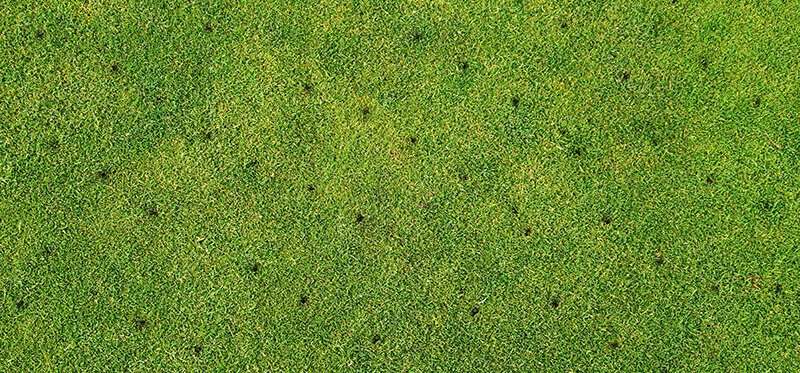Landscape Aeration 101: What You Should Know


It’s no secret that everyone wants a healthy, green lawn throughout the entire year.
In order to achieve and maintain optimal grass health, it’s important to ensure that the soil beneath the grass is well-nourished. While you may think you’re already providing enough nourishment by watering, mowing, and fertilizing your lawn (which are all very important!), none of those will actually be able to benefit your grass if the soil beneath it is compacted. How do you keep your soil from compression? Aeration.
As described by Landscape Management, “aeration, the process of penetrating the turf, thatch, and soil… is vital to the life-cycle of turf grass and improves water retention, air circulation and nutrient absorption to the grass root system to promote new or deepening root growth.” The way that aeration provides those benefits is by alleviating soil compression and breaking up excessive lawn thatch (organic debris between the grass and the soil) to create a better environment for grass growth. If aeration is not part of your landscaping maintenance routine, your property’s soil will compact and harden and thatch will continue to build up. These landscaping downfalls will ultimately result in the inability for the soil to absorb vital nutrients, weak grass root growth, and less ability for the grass to survive diseases and/or pests.
“Aeration is not just poking holes on the ground. There is a science to it.” stated Landscape Management. We couldn’t agree more! Lawn aeration can be a very beneficial service for your lawn, when performed at the right time, under the right environmental conditions, and with the right equipment.
Timing is crucial when it comes to aerating lawns. The optimal time for aeration is during the grass’s growing season, when it can heal properly. If aeration is performed at the wrong time, it can actually worsen the health of your soil. Typically, cool season grasses (bentgrass, Kentucky bluegrass, ryegrass, fescues, etc.) should be aerated in the early spring or late fall and warm season grasses (bahiagrass, bermudagrass, St. Augustine, zoysia grass, etc.) should be aerated in the late spring and early fall.
There are several different methods and types of equipment that can be used when performing aeration. We highly recommend talking to a professional landscaper to determine the appropriate lawn aeration techniques and tools that are right for your property.
Don’t wait to save your soil! Contact the Landscape Workshop branch located closest to you today and our trained staff will be happy to evaluate your property’s aeration needs.






















